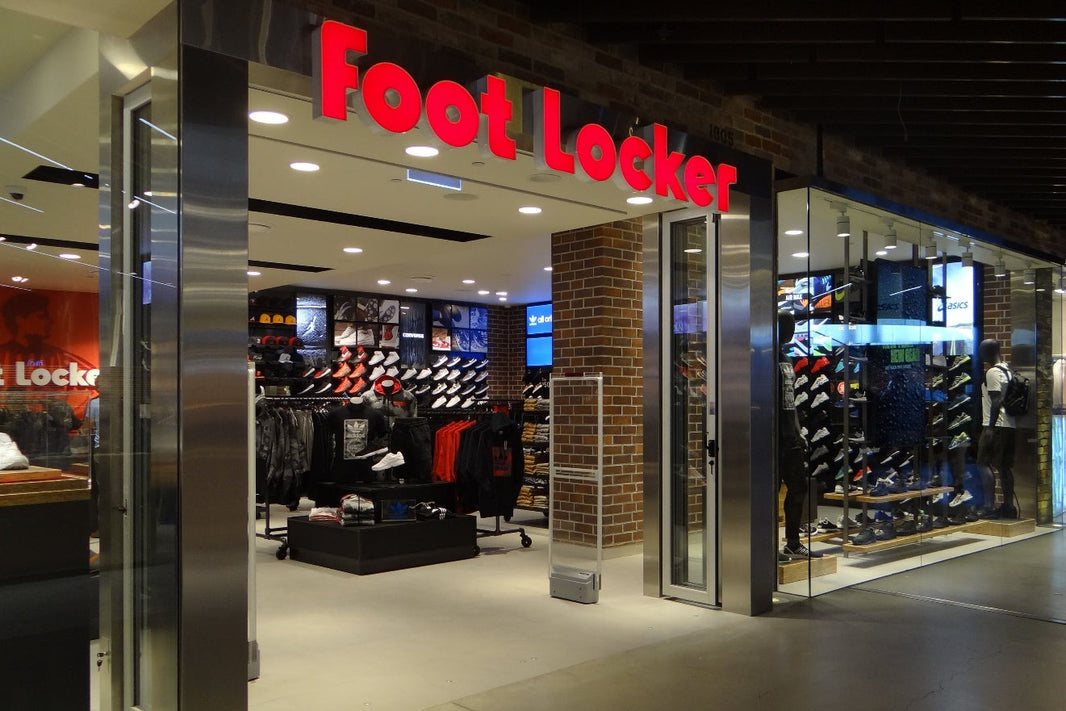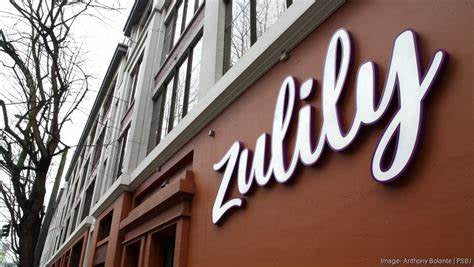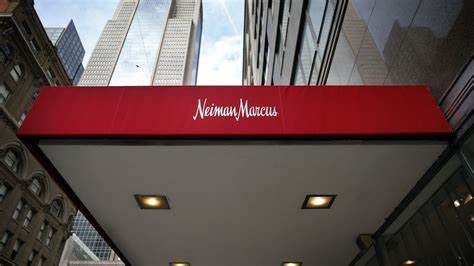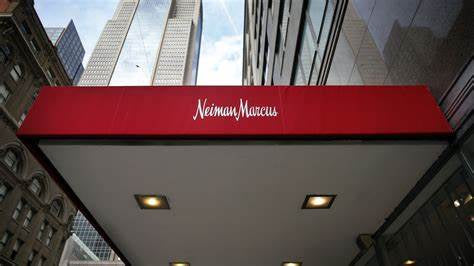Foot Locker is intensifying its efforts to transform its retail footprint, announcing plans to refresh 300 stores this year while expanding its innovative “reimagined” store concept. This dual approach is part of a broader strategy to adapt to evolving consumer preferences and strengthen its position in the competitive athletics retail market. Alongside these upgrades, the company will open or convert 80 stores to the reimagined format in 2025, building on a sweeping overhaul that includes significant store closures over recent years.
Expanding the “Reimagined” Store Concept
At the heart of Foot Locker’s revitalization efforts is its “reimagined” store concept, launched in April of last year. CEO Mary Dillon highlighted during a recent earnings call that the company is accelerating investments in this modernized format, which enhances the in-store experience for customers. From just eight reimagined stores currently in operation, Foot Locker plans to scale up to 80 by the end of 2025, with intentions to maintain or increase this pace in future years.
These reimagined stores are proving their worth, generating impressive sales of $4 million to $5 million in their first year, according to an investor presentation. Each location costs between $1 million and $1.2 million to develop, a price Foot Locker considers justified by the strong customer response. “The feedback on reimagined stores has been extremely positive,” Dillon noted, signaling a strategic shift to prioritize this format over broader store revamps.
Large-Scale Store Refreshes and Portfolio Streamlining
Beyond the reimagined concept, Foot Locker is undertaking a massive refresh of its existing stores. This year, the retailer will revamp 300 locations, following the upgrade of 400 stores in the previous year. By the end of 2025, a total of 800 stores will have been refreshed over two and a half years, establishing what Dillon calls a “new baseline” for the company’s global store network.
This refresh initiative aligns with a significant portfolio optimization effort. Since 2019, Foot Locker has closed over 20% of its stores worldwide, including 400 mall-based locations, and exited several international markets. The goal is to create a “tighter, stronger store base” with less reliance on lower-tier malls. CFO Mike Baughn emphasized that the company has increased its presence in premium A and B malls by 20 percentage points since 2019, reflecting a deliberate move toward higher-performing retail spaces.
Financial Performance Under Pressure
Despite these strategic advancements, Foot Locker is grappling with sales challenges. In the fourth quarter, total revenue dropped 5.7% to $2.2 billion, though comparable store sales (comps) rose 2.6%, marking a return to positive comps. For the full year, revenue declined 2.2% to approximately $8 billion. These figures highlight the difficulties the retailer faces amid a shifting retail landscape and economic uncertainty.
Navigating Economic Headwinds
Foot Locker’s turnaround efforts are unfolding against a backdrop of complex macroeconomic factors. Tariffs, which have fluctuated in recent months, are expected to have a modest impact on the business. Baughn noted that while Foot Locker sources some products from China, these represent only a low single-digit percentage of total sales. More broadly, consumer caution is a growing concern. “Our customers are young—by definition, they have tighter discretionary budgets,” Dillon explained. “They prioritize this category, but they’re weighing the cost of living and tariff-related uncertainties.”
Investment Priorities: Stores and Consumer Tech
To balance its transformation goals with financial realities, Foot Locker is adjusting its investment focus. The company is channeling resources into expanding the reimagined store format and enhancing consumer-facing technology, such as new mobile apps, while pausing back-end tech upgrades. This approach underscores Foot Locker’s commitment to meeting customers both in-store and online, even as it navigates economic challenges.
Positioning for the Future
Foot Locker’s ambitious store strategy—refreshing 300 stores this year, expanding the reimagined concept to 80 locations by 2025, and streamlining its portfolio—reflects a proactive response to retail trends and consumer behavior shifts. While sales declines and macroeconomic pressures pose hurdles, the company’s focus on high-quality locations and an enhanced shopping experience aims to drive long-term growth. As Foot Locker continues this transformation, its efforts could set a precedent for other retailers adapting to a dynamic market environment.






